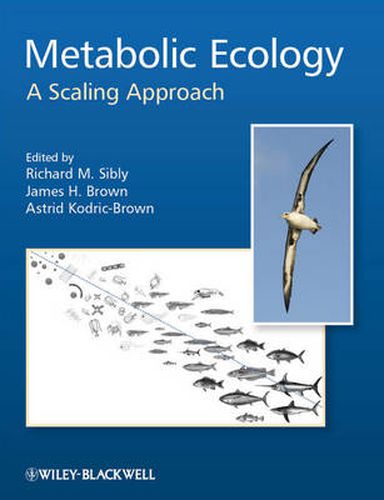Readings Newsletter
Become a Readings Member to make your shopping experience even easier.
Sign in or sign up for free!
You’re not far away from qualifying for FREE standard shipping within Australia
You’ve qualified for FREE standard shipping within Australia
The cart is loading…






Most of ecology is about metabolism: the ways that organisms use energy and materials. The energy requirements of individuals - their metabolic rates - vary predictably with their body size and temperature. Ecological interactions are exchanges of energy and materials between organisms and their environments. So metabolic rate affects ecological processes at all levels: individuals, populations, communities and ecosystems. Each chapter focuses on a different process, level of organization, or kind of organism. It lays a conceptual foundation and presents empirical examples. Together, the chapters provide an integrated framework that holds the promise for a unified theory of ecology. The book is intended to be accessible to upper-level undergraduate, and graduate students, but also of interest to senior scientists. Its easy-to-read chapters and clear illustrations can be used in lecture and seminar courses. Together they make for an authoritative treatment that will inspire future generations to study metabolic ecology.
$9.00 standard shipping within Australia
FREE standard shipping within Australia for orders over $100.00
Express & International shipping calculated at checkout
Most of ecology is about metabolism: the ways that organisms use energy and materials. The energy requirements of individuals - their metabolic rates - vary predictably with their body size and temperature. Ecological interactions are exchanges of energy and materials between organisms and their environments. So metabolic rate affects ecological processes at all levels: individuals, populations, communities and ecosystems. Each chapter focuses on a different process, level of organization, or kind of organism. It lays a conceptual foundation and presents empirical examples. Together, the chapters provide an integrated framework that holds the promise for a unified theory of ecology. The book is intended to be accessible to upper-level undergraduate, and graduate students, but also of interest to senior scientists. Its easy-to-read chapters and clear illustrations can be used in lecture and seminar courses. Together they make for an authoritative treatment that will inspire future generations to study metabolic ecology.